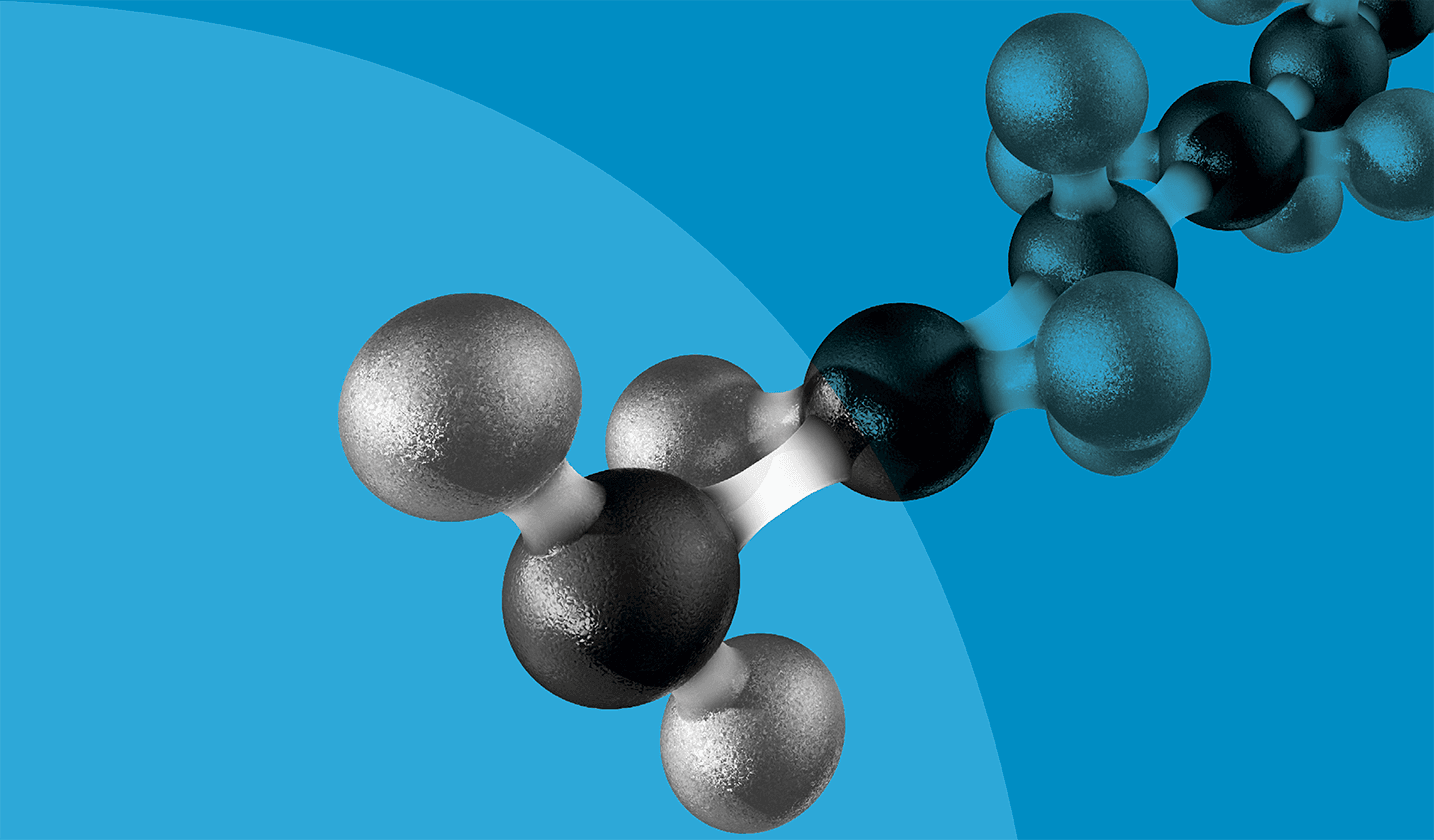In February 2024, the U.S. Environmental Protection Agency (EPA) proposed two rules under the Resource Conservation and Recovery Act (RCRA). The first modifies RCRA’s definition of “hazardous waste” as it applies to cleanups at permitted hazardous waste facilities and the second adds nine per- and polyfluoroalkyl substances (PFAS) to the RCRA list of “hazardous constituents.”
RCRA directs EPA to require corrective action for “releases of hazardous waste or constituents from any solid waste management unit” at permitted hazardous waste treatment, storage or disposal facilities as well as off-site where necessary to protect human health and the environment. EPA’s proposed rule would expand the definition of hazardous waste to go beyond wastes listed as hazardous based on certain characteristics (toxicity, corrosivity, ignitability and reactivity) to include and apply it to a broader range of solid wastes that when treated, stored, disposed of or transported improperly can lead to adverse effects on human health or the environment (such as PFAS).
Concurrently, EPA proposes to add nine PFAS, their salts, and their structural isomers, including perfluorooctanoic acid (PFOA), perfluorooctanesulfonic acid (PFOS), perfluorobutanesulfonic acid (PFBS) and Gen-X to the list of “hazardous constituents” that must be considered in assessments of treatment, storage and disposal facilities (and for which further investigation and cleanup may be necessary through the corrective action process).
The PFAS proposed to be added to the RCRA list of hazardous constituents are:
- Perfluorooctanoic acid
- Perfluorooctanesulfonic acid
- Perfluorobutanesulfonic acid
- Hexafluoropropylene oxide-dimer acid
- Perfluorononanoic acid
- Perfluorohexanesulfonic acid
- Perfluorodecanoic acid
- Perfluorohexanoic acid
- Perfluorobutanoic acid.


